Your browser's Javascript functionality is turned off. Please turn it on so that you can experience the full capabilities of this site.
The wheels that came installed on your vehicle are designed to perfectly fit your vehicle’s suspension, gearing, and bodywork which can affect ride quality and vehicle performance. But that doesn’t mean you can’t have different wheels or rims installed on your car or truck. To understand what wheels will work for your vehicle, we’ll take a look at rim sizes and some basic measurements.
There are many reasons you might want to switch out your rims. Maybe you want an extra set of wheels and tires for easy installation every winter, or you’re looking for added performance and handling. You might even be going for a specific look, including sleek and stylish or rugged and cool. Whatever your reason, it’s important to note that getting the wrong wheel setup could cause a vibration, or some rubbing on suspension components or vehicle body parts.
Les Schwab Tip: Before you change the tire sidewall height, tread width, or rim size on your vehicle, talk to the experts first. We’ll help translate the difference in RPM, tire speed, load index, and speed rating and how it will or will not fit with your vehicle’s suspension, gearing, and bodywork.
First, start with the wheel size for your vehicle. You can find that on the sidewall of the tires on your original wheels or the inside frame of the driver’s door. Check out Tire Size Explained (Reading the Sidewall) for more.
The wheel diameter (in inches or millimeters) is the fifth set of numbers and letters. What do rim size numbers mean? This number represents the distance between the two bead seat areas where the tire is sealed onto the wheel.
The wheel size also includes its width and offset. The width is the distance from each bead seat (from inside to the outside).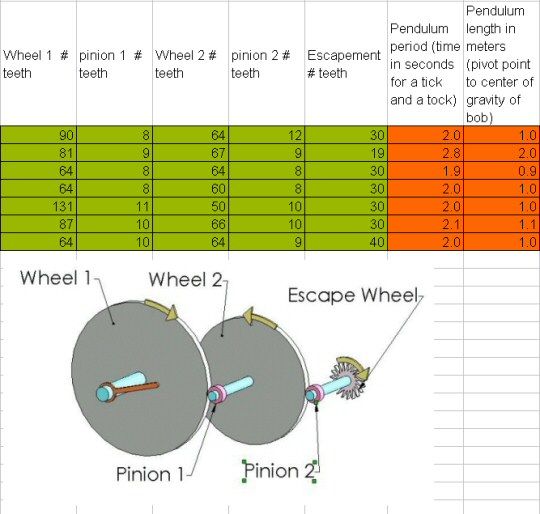 The offset determines how the wheel and tire set aligns with the wheel well.
The offset determines how the wheel and tire set aligns with the wheel well.
The offset is how far inward or outward the mounting surface is in reference to the center-line of the wheel. The center-line is calculated by simply dividing the wheel into two equal halves. Les Schwab has the tools to accurately measure your center-line.
The offset is how far inward or outward the mounting surface is in reference to the center-line of the wheel.
Here's how offset determines the look of your rims. If the hub mounting surface is in front of the center-line, your rims and tire will be pulled inward. This is called positive offset.
If they are behind the centerline, your rims and tire will stick out from the body of the vehicle. This is negative offset.
Les Schwab Tip: Measuring the offset on your vehicle is difficult without removing the tire and wheel. Consult the pros to get the right fit.
To ensure a set of rims fit properly on your vehicle, you’ll need the hub size on your car or truck as well as the wheel center bore measurement and number of wheel studs (as well as the distance between those studs). Les Schwab has those measurements for your vehicle, including bolt patterns.
Les Schwab has those measurements for your vehicle, including bolt patterns.
Most vehicles come with a 4-, 5-, 6-, or 8-lug pattern. These bolt patterns, which are specifically spaced, help narrow your wheel or rim choices. While counting the number of bolts on your vehicle is important before buying a set of rims, it’s vital the wheels you choose match the spacing between the wheel studs on your vehicle.
To measure a 4-lug pattern on a set of rims, measure from the center of two holes across from each other. For a 5-lug pattern, measure from the outside of one wheel stud hole and the center of the opposite. And for 6- and 8-lug patterns, measure from the center of one hole to the center of the opposite wheel stud hole. You’ll either need this measurement in inches or millimeters, depending on the wheel manufacturer.
Remember, there’s no need to take these measurements on your own. The pros at Les Schwab do it every day and can ensure you get the right rims for your vehicle.
At Les Schwab, we take pride in our custom wheel expertise. Stop by and ask about new wheels for your vehicle. We’ll show you all of your options, whether you’re going for a new look, a boost in performance, a new set of wheels for your winter tires, or simply as a replacement of your current set.
Find A Store Near You
Home | A beginner's guide to wheel sizes
Not all wheels fit all cars, and if you're considering fitting new wheels, then you'll need to read our handy guide which tells you all you need to know!
DiameterThis is always referred to in inches, and as the name suggests is the diameter of the wheel – not the tyre and wheel together.
Regular road cars generally have wheels that are between 14 and 19 inches in diameter, with newer, more sporty, and luxury cars generally having the larger sizes.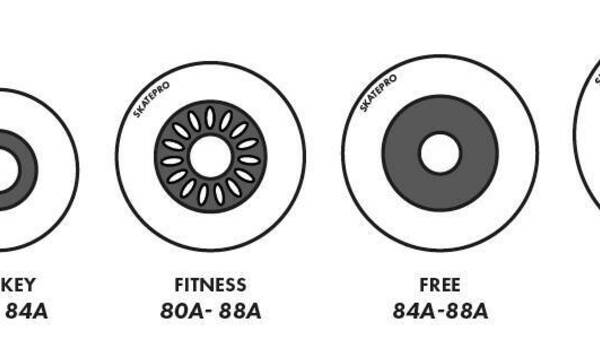
Where you see the wheel size written down such as 7x17in the larger of the two measurements will virtually always be diameter, with the smaller number relating to the width.
Again this is measured in inches. The width of the wheel dictates what tyres you can fit to the car – The wider the wheel, the wider the tyre and so the more tyre is in contact with the road.
This means there's more available grip and so the car will have better roadholding and braking than an identical car with narrower tyres.
In general if you intend to keep the wheels on your car, or maybe even upgrade to ones of a model higher up the same range then you don't really need to concern yourself with any more wheel measurements.
If however you're considering fitting aftermarket wheels then it's worth familiarising yourself with the following measurements.
The offset is the measurement that dictates how far your wheels stick out. Fit a wheel with too little, or too much offset and it will either stick too far out, or too far in the arch, and risk fouling on the bodywork or suspension components.
Fit a wheel with too little, or too much offset and it will either stick too far out, or too far in the arch, and risk fouling on the bodywork or suspension components.
How offset is actually measured can be a little confusing, but the measurement refers to the distance from an imaginary line drawn exactly through the centre of the wheel to the mounting face of the wheel where it bolts against the brake disc.
Offset is expressed in mm using the term ET (This is derived from the German word 'Einpresstiefe' which means 'insertion depth').
So if you see a marking on your wheel which says ET30, you know you have wheels where the hub face is 30mm further outboard from the dead centre of the width of the wheel.
An ET of 0 means that the mounting face is exactly in the centre of the wheel, and a ET of -10 mean that the mounting face is 10mm further inboard than the centre of the wheel. Got that?!
In general you need to stick to a very similar offset if you're fitting new wheels.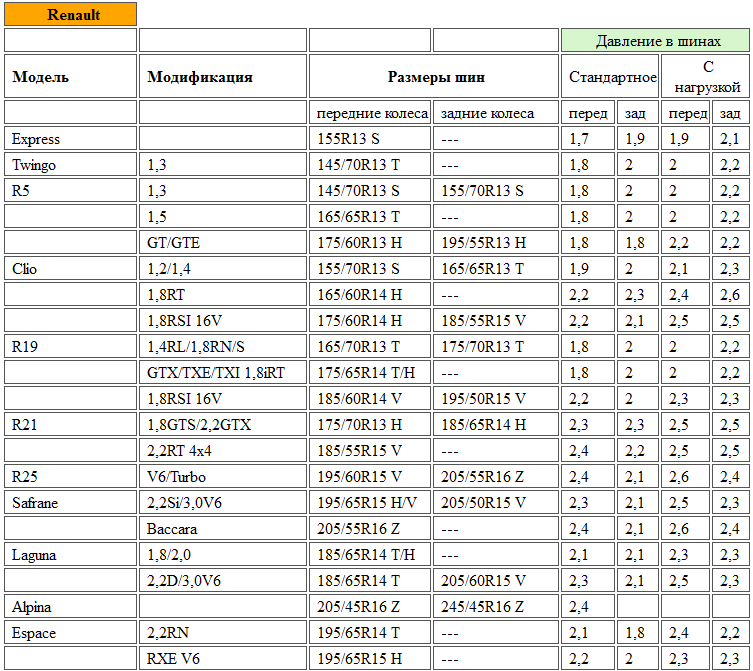 If you stray too far outside of this measurement you'll find the wheels don't fit, will catch on the bodywork or suspension, and probably look really silly!
If you stray too far outside of this measurement you'll find the wheels don't fit, will catch on the bodywork or suspension, and probably look really silly!
The diameter of the hole in the middle of the wheel is the centre bore. It's usually covered by a centre cap – but pop the cap out and you'll see the hole.
This fits over a matching diameter flange on the hub face. If the centre bore of your wheels are smaller than that of your car the wheels simply won't fit.
If the bore is larger on the wheel then you'll need what are known as spigot rings. These are effectively large plastic seating rings which allow the wheel to be correctly centred on the hub.
This stands for Pitch Circle Diameter and refers to the number of wheel bolts and the diameter of an imaginary circle if it were drawn through the middle of the bolts.
So if it's a 5x104 PCD there are 5 wheel bolts in a 104mm diameter circle. If you're considering swapping wheels, then you must get an identical PCD.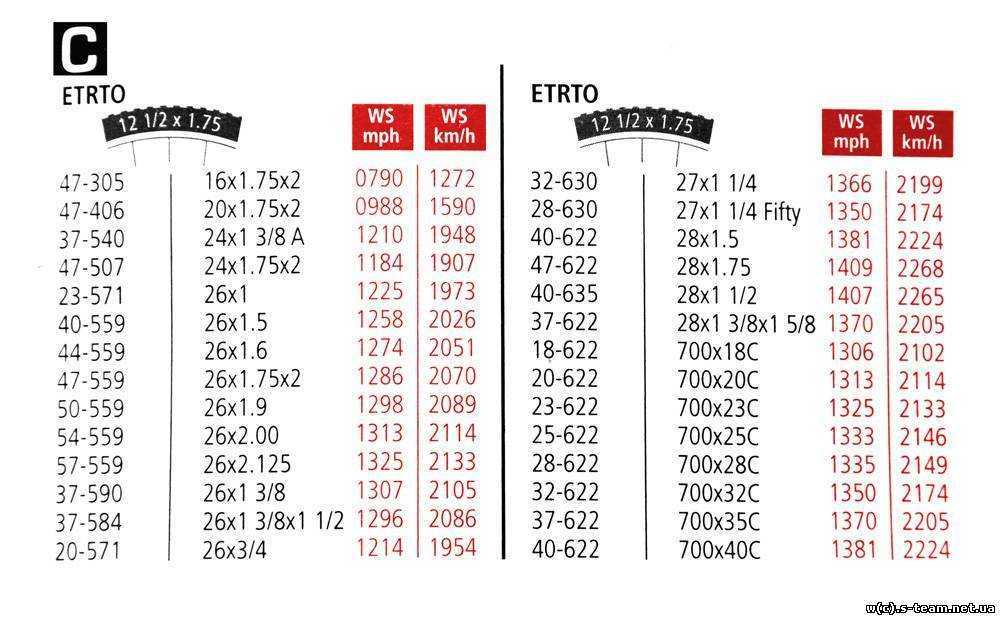
There are various options with wheel hub adaptors and what are called 'wobble bolts' if you really must fit wheels with a different PCD – but to keep it simple always keep it the same!
If you fit different wheels/tyres to your car it could affect the rolling radius. This is the circumference of the tyre. A larger tyre will have a larger rolling radius, and as such will affect gearing, and the accuracy of your speedometer.
If you fit larger wheels you need to fit lower profile tyres (tyres with a smaller sidewall) to maintain the same rolling radius. Google 'Tyre size calculator' to work out what size tyres you need!
Tags:
Very often one hears phrases like: “What wheel radius do you have, fifteenth?” Or “I have a radius of 16, but I’ll put the seventeenth for the winter so that the car is taller” .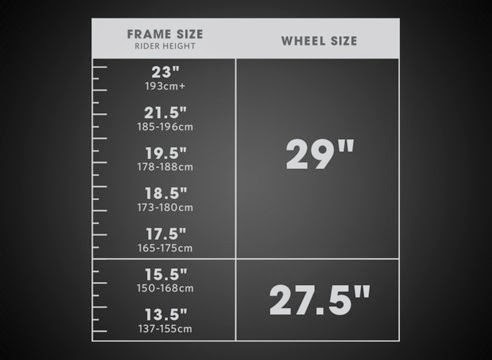 .. Such words can be heard both from the lips of people who are far from cars, and from “as it were professionals”, such as tire workers or sales managers in a car dealership .
.. Such words can be heard both from the lips of people who are far from cars, and from “as it were professionals”, such as tire workers or sales managers in a car dealership .
Some things sound boring and hard to remember, but you need to know them. Especially for car enthusiasts. Especially those who consider themselves experts and have their own opinion on any occasion. The devil is in the details, and this article is about one such detail.
A lot of people don't even understand what I'm getting at. “Well, radius, so what? I have wheels 195-65R15, radius 15, everything is written, what are you trying to be smart about ?! Here's what I'm thinking. R15 has nothing to do with radius. Neither R nor 15.
Now on the Internet you can find a lot of information, only such trifles as the marking of car tires are not among the most popular. We better discuss engine power or the number of "buns" in the cabin, right? And we will leave the choice of wheels to the manager in the store. Or ask a friend. He definitely knows! He already has a third car!
We better discuss engine power or the number of "buns" in the cabin, right? And we will leave the choice of wheels to the manager in the store. Or ask a friend. He definitely knows! He already has a third car!
In fact, it won’t hurt to understand these boring numbers even just for general development. Moreover, this will help save money and influence the behavior of the car, but more on that later. So far - pure educational program, so that later you can understand each other well.
So, 195/65R15. Classic case. Squat down next to your car. The first number is the width of the running part of the tire, roughly speaking, the width of the tread. Expressed in millimeters. That is 195 mm. is the width of your wheel. With the understanding of this number, most of the problems are not.
Through a fraction, 65 is the value of the profile. Expressed as a percentage of the width. Not in millimeters! The profile is the part of the tire that sticks out above the rim. Sidewall. That is, the height of this sidewall will be 195x65% = 125.75 mm. Not 65mm. And not something else. Moreover, it clearly follows from this scheme that the height of 65% with a width of 195 will be one, and if the tire is marked (conditionally) 225/65R15, it will be completely different! 225x65% = 146.25 mm. Although the numbers 65 are the same!
Not in millimeters! The profile is the part of the tire that sticks out above the rim. Sidewall. That is, the height of this sidewall will be 195x65% = 125.75 mm. Not 65mm. And not something else. Moreover, it clearly follows from this scheme that the height of 65% with a width of 195 will be one, and if the tire is marked (conditionally) 225/65R15, it will be completely different! 225x65% = 146.25 mm. Although the numbers 65 are the same!
R stands for the radial construction of the tire, or rather, the way the metal cord is laid inside it. The tire design used to be bias-ply, but that was a long time ago. Now you almost never see “diagonal” tires, they are all completely radial, and the letter R will not tell anyone anything new, it will only cause disputes about the notorious radius ...
And finally, the number 15. This is the diameter. The diameter of the landing part of the tire, the inner diameter, the part that is in contact with the disc.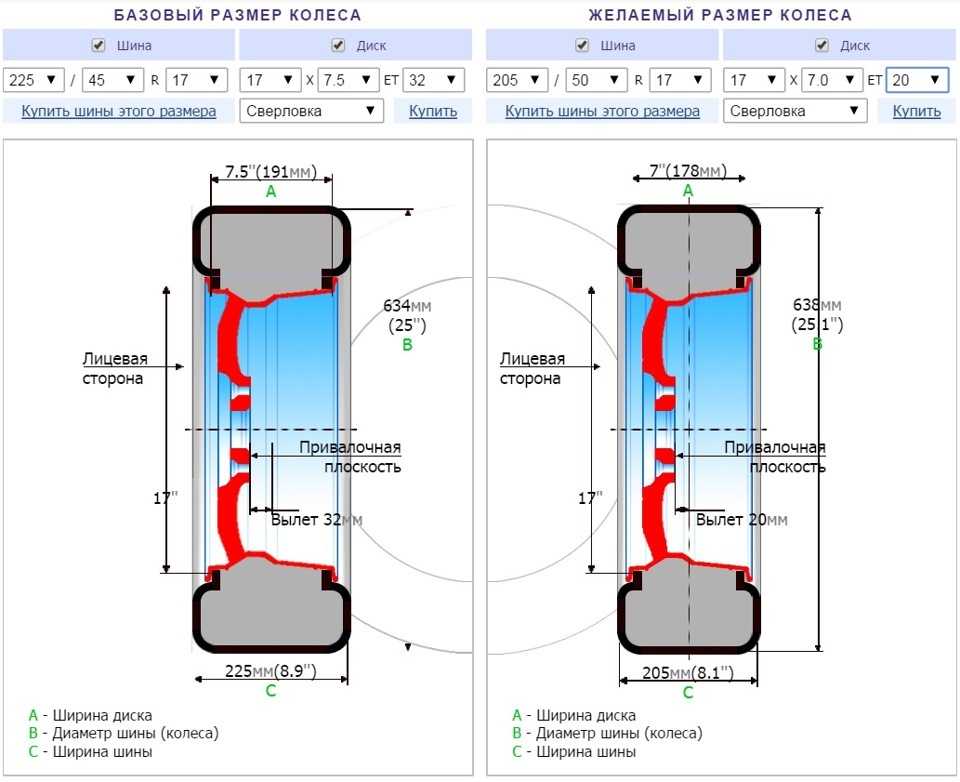 Expressed in inches. 1 inch \u003d 2.54 cm. That is, 15x2.54 \u003d 38.1 cm This is also the outer diameter of the disk, if someone has not guessed ...
Expressed in inches. 1 inch \u003d 2.54 cm. That is, 15x2.54 \u003d 38.1 cm This is also the outer diameter of the disk, if someone has not guessed ...
And then the fun begins. We can play with these numbers if we want to put other tires (rims) on the car. Ideally, the main thing is that the overall diameter does not differ, or differs slightly. Example.
The wheel 195 / 65R15 has the following overall diameter: 38.1 cm - inside, plus 125.75 mm x2 \u003d 251.5 mm (there is a profile both above and below). Converting to centimeters for simplicity, we get 38.1 cm + 25.15 cm = 63.25 cm. That's how! This is the total wheel diameter.
Now, if you want to put other wheels on, the owner of the car must understand the following: automakers understand this figure in the same way as we do. Given the diameter of the wheel, the suspension, brake system and body are designed.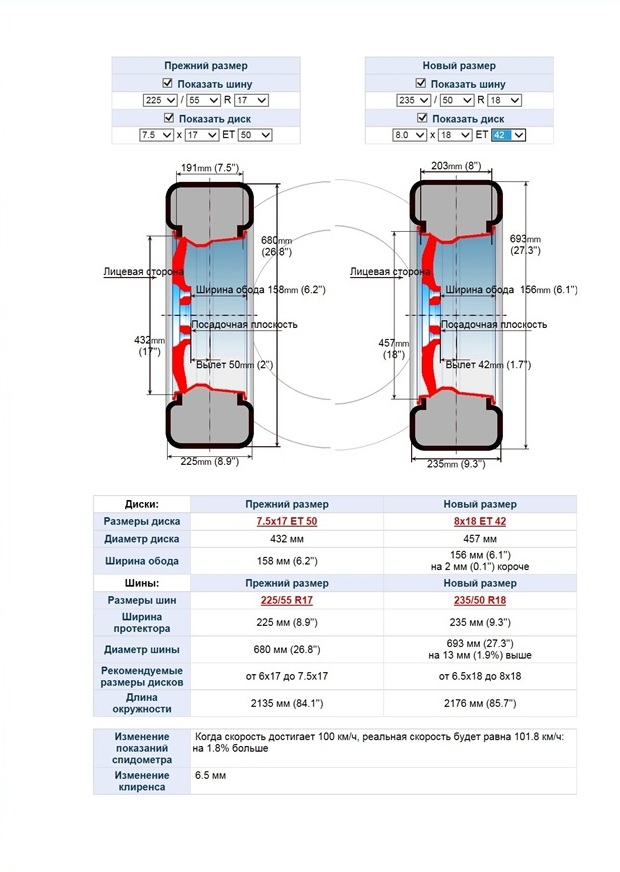 Therefore, for the same car model (for example, for the Volkswagen Polo sedan), three wheel sizes are officially allowed. The simplest version is content with 175/70R14 (overall diameter 60.06 cm), 185/60R15 (60.3 cm) and 195/55R15 (59.55 cm).
Therefore, for the same car model (for example, for the Volkswagen Polo sedan), three wheel sizes are officially allowed. The simplest version is content with 175/70R14 (overall diameter 60.06 cm), 185/60R15 (60.3 cm) and 195/55R15 (59.55 cm).
It turns out that the “wheel by 14” is MORE, albeit slightly, than the wheel by 15 in the case of 195/55. This is to the question raised above, about how to put more wheels for the winter ... You need to carefully calculate everything. Will a larger diameter number also mean a larger wheel size overall? Not always.
By increasing the size of the disk, we must reduce the height of the profile, otherwise the wheel will simply start to cling to the arch, not to mention such more fundamental qualities as handling. Of course, the margin often remains and it happens that by “playing” with the tire width and profile height, you can really get a couple of millimeters of clearance without sacrificing anything else.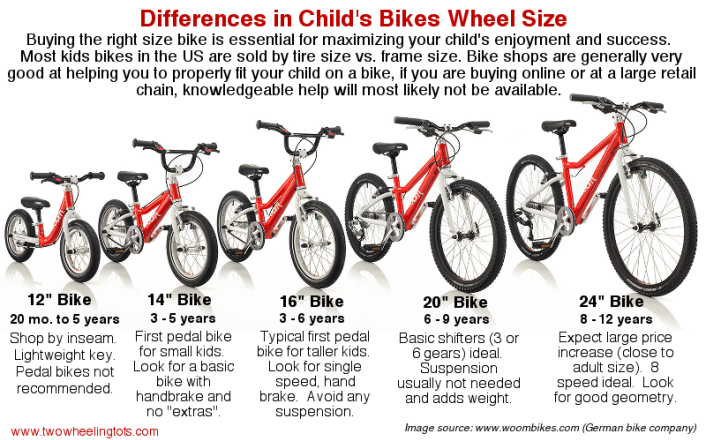
A simple calculation will show that within the same diameter - 14 - 175-70 and 185-65 and 205-60 are applicable, if there is a desire and an opportunity to put wider tires ... A car on wheels with a lower profile height will be controlled sharper and more accurately, but will inevitably suffer smooth running. And the safety of the discs may be in question, especially when they fall into a deep hole with sharp edges. A low profile will simply not be able to "absorb" the impact energy and it will go further - into the disk. Always keep this in mind when buying wheels and don't forget the simple truths.
This article was written as part of the 2015 Authors Competition.
Read the best works here.
Authors competition practice
Articles / Interesting 5 reasons to buy and not buy Geely Atlas Impressive and harmonious, solid and spectacular, very comfortable, but somewhat slow, not the most economical, but quite reliable . .. All this is Geely Atlas, a car, in its time ... 362 one 0 23.10.2022
.. All this is Geely Atlas, a car, in its time ... 362 one 0 23.10.2022
Articles / Practice Half a liter, potatoes and mustard to taste: folk recipes for auto chemical substitutes In the current conditions, it is easy to close your eyes and imagine that all foreign manufacturers of auto chemical goods have left Russia for some reason. Well, or just mentally transport yourself to a few ten ... 516 0 one 21.10.2022
Articles / Electric car Expensive, dangerous and nowhere to charge: 5 main misconceptions that prevent you from buying an electric car Being afraid of something new is normal. Once upon a time, people were afraid of an injector or an automatic transmission, although now these units cannot scare anyone. Pretty much the same... 2458 9 one 21.10.2022
Test drives / Test drive Haval Dargo vs Mitsubishi Outlander: the dog is barking, the stranger is coming In the Haval dealership in the south of Moscow, life is in full swing: buyers look at cars, communicate with managers and sign some papers. While I was waiting for the test Dargo, the same cross... 14231 7 188 13.09.2022
Test drives / Test drive Motor from Mercedes, emblem from Renault, assembly from Dacia: test drive of the European Logan 1. 0 It would seem that what's new can be told about the second generation Renault Logan, known to every Russian taxi driver, as they say, up and down? However, this car has... 12181 ten 41 08/13/2022
0 It would seem that what's new can be told about the second generation Renault Logan, known to every Russian taxi driver, as they say, up and down? However, this car has... 12181 ten 41 08/13/2022
Test drives / Test drive Geely Coolray vs Haval Jolion: Free Cheese? If! Do you want to buy a car today with a full warranty, on credit at an adequate rate, without wild dealer markups? Now this is still a task, because a full-fledged chain of "representation - s... 9150 25 thirty 08/10/2022
When choosing car tires and wheels, the main and often the only factor is the compatibility of these components with a particular make and model of car. Many motorists are familiar with technical specifications such as wheel settings or tire sizes. This, of course, is wonderful, because it allows you to very quickly select literally a few options on your own. However, there are quite a few such "advanced" motorists. There are far more of those who, for whatever reason, prefer not to go into such technical details about their cars.
Many motorists are familiar with technical specifications such as wheel settings or tire sizes. This, of course, is wonderful, because it allows you to very quickly select literally a few options on your own. However, there are quite a few such "advanced" motorists. There are far more of those who, for whatever reason, prefer not to go into such technical details about their cars.
It is for them, first of all, that the service is oriented, which allows you to automatically select car wheels and tires according to the make and model of the car. User participation in this process is minimized and consists only in choosing from the available options, first the brand, and then the model and year of manufacture of the vehicle. After a few moments, the system will automatically select from thousands of tires and rims exactly those that exactly match the recommendations of car manufacturers.
This is extremely important, given the enormous danger of using tires and wheels with unsuitable technical parameters.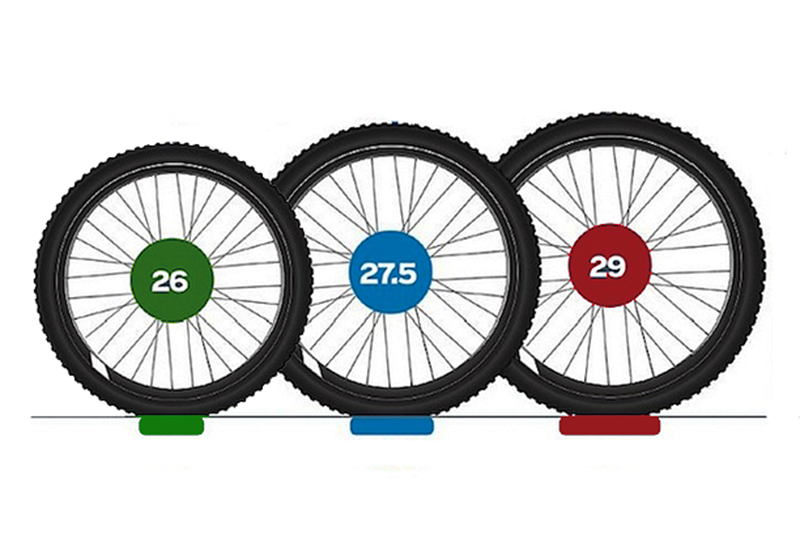 As a rule, such changes in the vehicle configuration are caused by the need to improve some of its driving characteristics or give it a more spectacular appearance. In real operation, such experiments end with a deterioration in controllability, damage to various suspension parts, an increase in fuel consumption, and a distortion of the current speed indicators. Some of these changes to the performance of the vehicle significantly reduce the level of safety, which is unacceptable.
As a rule, such changes in the vehicle configuration are caused by the need to improve some of its driving characteristics or give it a more spectacular appearance. In real operation, such experiments end with a deterioration in controllability, damage to various suspension parts, an increase in fuel consumption, and a distortion of the current speed indicators. Some of these changes to the performance of the vehicle significantly reduce the level of safety, which is unacceptable.
That is why you should not neglect the recommendations of car manufacturers, which are based on the results of engineering calculations that describe the operation of various components and parts of the car, primarily the suspension. At the same time, all the most important indicators of safety, controllability and comfort are taken as the basis, each of which is verified during full-scale tests or using computer simulation technologies.
Automated wheel and tire selection system eliminates this scenario by offering at least several options based on user-specified data.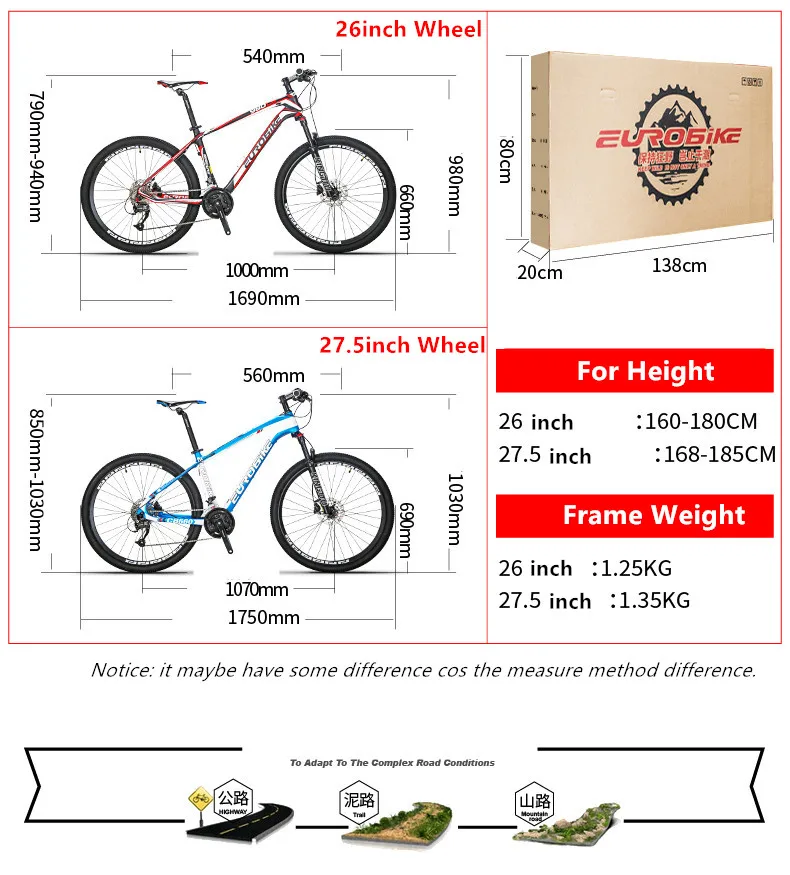 This greatly simplifies and facilitates the choice, but, again, not for everyone. We recommend this category of motorists to contact the specialists of our company. They will provide more detailed information about a particular wheel or tire model, pointing out various nuances.
This greatly simplifies and facilitates the choice, but, again, not for everyone. We recommend this category of motorists to contact the specialists of our company. They will provide more detailed information about a particular wheel or tire model, pointing out various nuances.
When looking for a new set, you should be prepared for the fact that tire sizes are data that make it difficult to make a purchase. The size of wheels and tires is a fundamental knowledge that allows you to choose the right tires for your car, which means it ensures safe driving. There are several ways to check which wheel size is right for our car. You will find them first:
The quickest way is to look at old tires. On the side wheels of the car there is a character string, for example 205/55 R16 91 H or 195/65 R15 91 T, which contains all the most important information.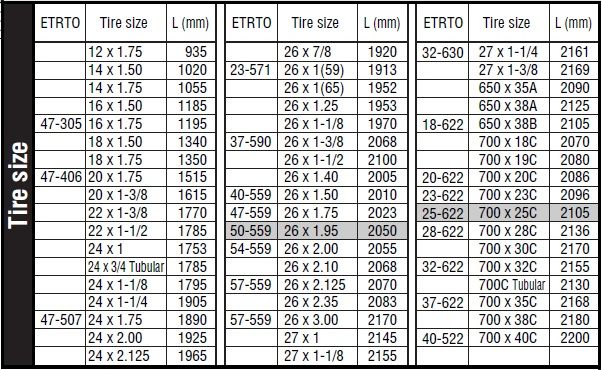 If the tires we are currently running match each other, all you have to do is buy new models in the same size.
If the tires we are currently running match each other, all you have to do is buy new models in the same size.
Please note, however, that only buying a car from a dealership gives you the confidence that you have the correct tire size. On the other hand, in the case of used vehicles, it is necessary to check whether the dimensions and the speed index of the tire correspond to the values approved by the vehicle manufacturer. The previous owner may have chosen the wrong tire size for the rim, or may have chosen a replacement that is different from the factory settings. That is why it is so important that the outer diameter of the tire and other parameters meet the requirements of the brand.
Check the marking on the wheel - you will definitely find the tire size there.
How to find out the tire size? Want to know what car tire sizes mean? You do not know how to decipher these numbers and letters?
To explain this, for example, we break down the designation 195/50 R15 82T:
 The value, expressed as a percentage, means the ratio of the height of the tire to its width. In this case, the value "50" means 50 percent of 195 mm - or 97.5 mm.
The value, expressed as a percentage, means the ratio of the height of the tire to its width. In this case, the value "50" means 50 percent of 195 mm - or 97.5 mm. Agricultural and industrial tire sizes look the same, but they can be more specific. For example, the tire designation XL refers to the so-called reinforced products
An alternative way to find the answer to the question: choose the right one is to look up the tire size in the car's owner's manual. This information can usually be found in the vehicle specifications chapter. Recommended tire sizes are also often listed in the following locations: fuel filler cap, door sill (driver's side), post behind the driver, inside of the driver's side door (with locking mechanism). Refer to your service book for recommended tire sizes for your vehicle. If the size of car tires remains a mystery to you, ask a professional. Of course, you will get help at the tire shop or at the dealership of your car brand
Refer to your service book for recommended tire sizes for your vehicle. If the size of car tires remains a mystery to you, ask a professional. Of course, you will get help at the tire shop or at the dealership of your car brand
Many car enthusiasts who are preparing to buy new wheels to replace worn, damaged ones, or simply in connection with seasonal “changing shoes” often ask the same question - how to choose rims for tires by tire size?
Tire size on the label
To answer this question, you need to know the general parameters by which these two products are inextricably linked, in particular: this parameter always determines the correspondence of disks and tires, as well as their compatibility. So, the most popular wheel sizes are the range from R13 to R20, where the number indicates the diameter in inches, but many motorists mistakenly consider this value to be the radius.
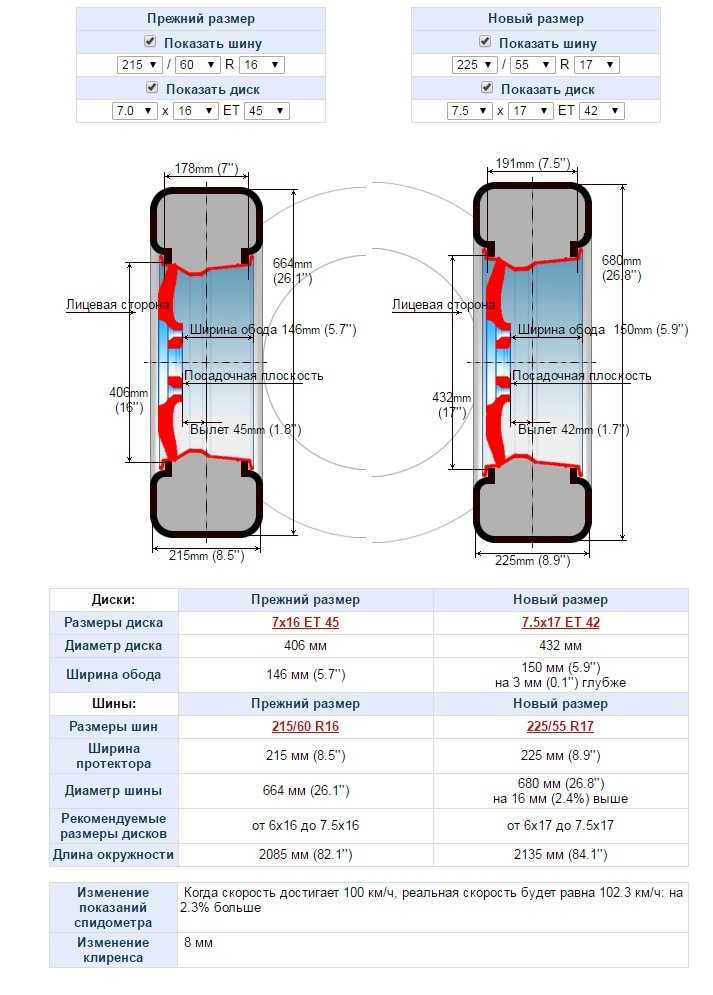 This dimension on the wheel is indicated by the letter J, which is preceded by its value in inches. So, for example, the range 5.0J-6.0J corresponds to a tire width of 175 mm, 5.5J-7.0J - 215 mm, 6.0J-7.5J - 225 mm, and 7.0J-8.5J - 245 mm. Thus, the width of the disks and the width of the tires are absolutely interconnected indicators.
This dimension on the wheel is indicated by the letter J, which is preceded by its value in inches. So, for example, the range 5.0J-6.0J corresponds to a tire width of 175 mm, 5.5J-7.0J - 215 mm, 6.0J-7.5J - 225 mm, and 7.0J-8.5J - 245 mm. Thus, the width of the disks and the width of the tires are absolutely interconnected indicators. 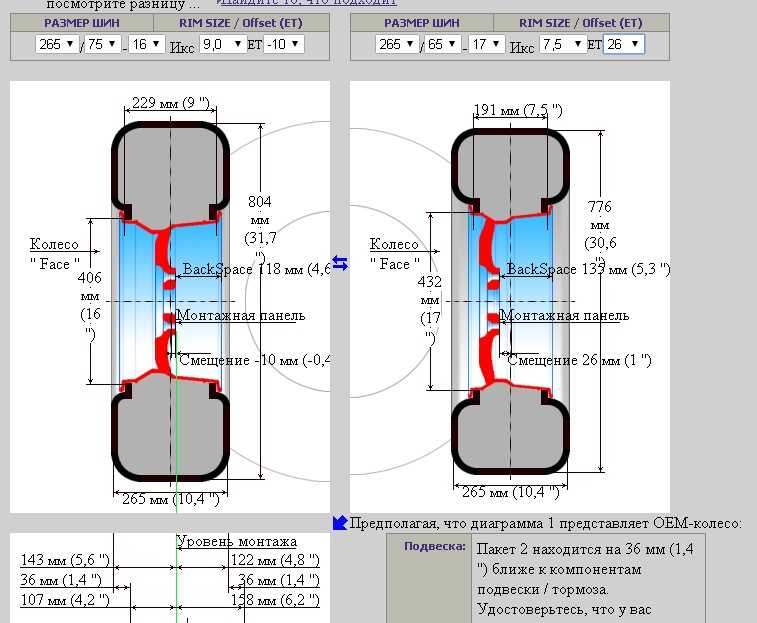 However, with chamber rubber, it is necessary to look for discs suitable for it, and this is very problematic to do.
However, with chamber rubber, it is necessary to look for discs suitable for it, and this is very problematic to do.
Important! The best option when purchasing a disc is to have the rubber itself available, or at least know all its characteristics and be ready to always find it in a search engine on the Internet so that the seller can correctly select the disc of interest to his client with optimal parameters. Rim to tire ratio table0011
You may be interested Parameters of wheels for Volkswagen Tiguan
| Tire height | Tire size | Optimum rim width in inches | Minimum rim width in inches | Maximum rim width in inches |
| R13 | ||||
| 80 | 155/80/R13 | 4. 5 5 | 4.0 | 5.5 |
| 70 | 165/70/R13 | 5.0 | 4.5 | 6.0 |
| 65 | 175/65/R13 | 5.0 | 5.0 | 6.0 |
| 60 | 185/60/R13 | 5.5 | 5.5 | 6.5 |
| 55 | 195/55/R13 | 6.0 | 5.5 | 7.0 |
| R14 | ||||
| 80 | 175/80/R14 | 5.0 | 4.5 | 5.5 |
| 70 | 185/70/R14 | 5.5 | 5.5 | 6.5 |
| 65 | 185/65/R14 | 5.5 | 5.5 | 6.5 |
| 60 | 195/60/R14 | 6.0 | 5.5 | 7.0 |
| 55 | 205/55/R14 | 6.5 | 5.5 | 7.5 |
| R15 | ||||
| 80 | 185/80/R15 | 5.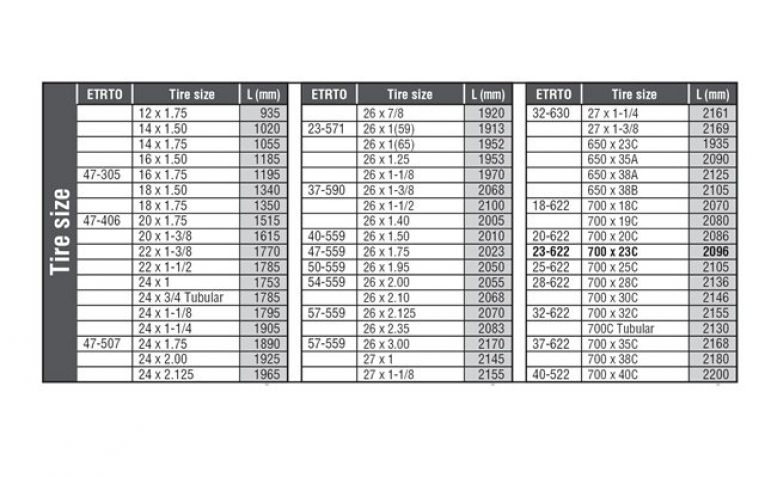 5 5 | 5.5 | 6.0 |
| 65 | 195/65/R15 | 6.0 | 6.5 | 7.0 |
| 55 | 205/55/R15 | 6.5 | 6.5 | 7.5 |
| 50 | 205/50/R15 | 6.5 | 6.5 | 7.5 |
| 45 | 195/45/R15 | 6.5 | 6.0 | 7.5 |
| R16 | ||||
| 60 | 225/60/R16 | 6.5 | 6.0 | 8.0 |
| 55 | 235/55/R16 | 7.0 | 6.0 | 8.0 |
| 50 | 205/50/R16 | 6.5 | 5.5 | 7.5 |
| 45 | 205/45/R16 | 7.0 | 6.5 | 7.5 |
| 40 | 225/40/R16 | 8.0 | 7.5 | 9.0 |
| R17 | ||||
| 55 | 225/55/R17 | 7.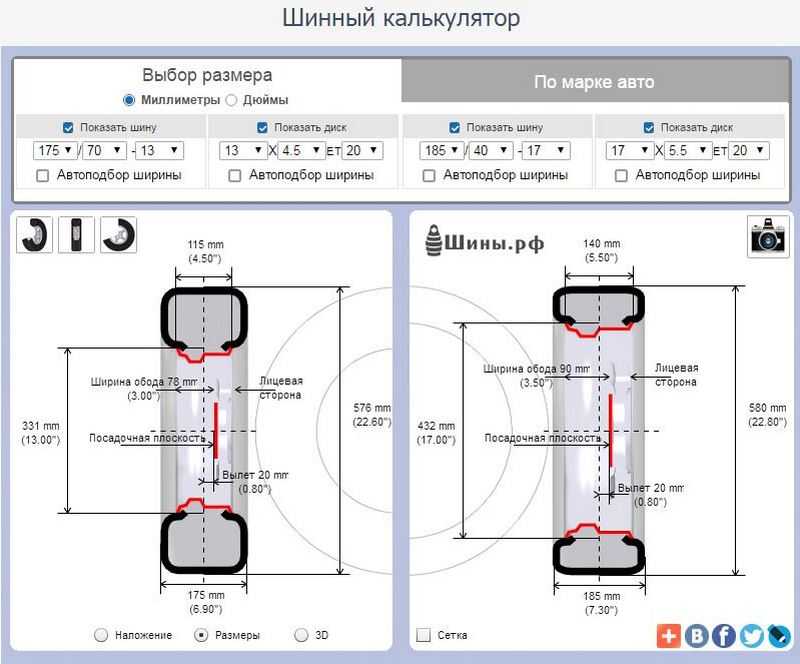 0 0 | 6.0 | 8.0 |
| 50 | 215/50/R17 | 7.0 | 6.0 | 7.5 |
| 45 | 235/45/R17 | 8.0 | 7.5 | 9.0 |
| 40 | 255/40/R17 | 9.0 | 8.5 | 10.0 |
| 35 | 265/35/R17 | 9.5 | 9.0 | 10.5 |
| R18 | ||||
| 50 | 235/50/R18 | 7.5 | 6.5 | 8.5 |
| 45 | 255/45/R18 | 8.5 | 8.0 | 9.5 |
| 40 | 265/40/R18 | 9.5 | 9.0 | 10.5 |
| 35 | 295/35/R18 | 10.5 | 10.0 | 11.5 |
| 30 | 325/30/R18 | 12.0 | 11.0 | 13.0 |
| R20 | ||||
| 40 | 245/40/R20 | 9. 0 0 | 8.0 | 9.5 |
| 35 | 275/35/R20 | 10.0 | 9.0 | 11.0 |
Using the data of this table, any motorist can easily choose the rims he is interested in and not make a mistake, which will ensure a comfortable and safe ride.
Usually, not every driver can immediately determine correctly how to find out the size of the wheel from the tires for his car. The choice of disks according to parameters and tables is not the final instance, after which you can purchase a suitable set of products.
Regardless of the size and type of tire, the disc can sit on it perfectly. This means that you need to familiarize yourself with the information about the mount. It defines 2 important characteristics:

Without taking into account these characteristics, an error and the purchase of an unsuitable product are possible, since there are a huge number of rubber variations.
Car enthusiasts often purchase wheels with the maximum allowable width and at the same time do not monitor the value of ET - offset, do not resort to comparing wheels. Departure - a characteristic of the disk (designated ET20, 25, 30, 35, 40), which indicates the distance in mm from the longitudinal plane of symmetry of the disk to the hub plane.
Disc offset is considered 0 (if the axis of symmetry of the disc corresponds to the plane of the hub of the machine), positive (if the axis of the disc is closer to the center of the car, compared to the plane of the hub) and negative (if farther). Each specific car model has its own offset, which is calculated by the manufacturer in order to ensure the best handling and stability of the car, with minimal load on the hub bearings.
In addition, from the point of view of economic feasibility, it is recommended to choose 2 sets of rims, which will allow you not to deal with beading when changing shoes seasonally (in spring and autumn).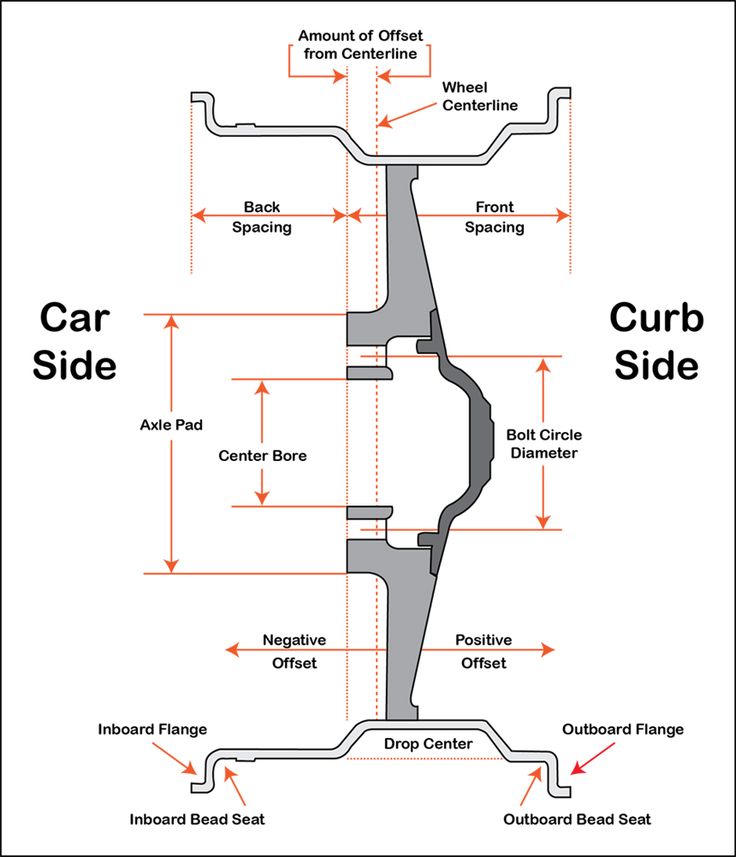 This task also damages the tires, which over time can release air at the points of connection with the disk, as well as the products themselves, which can subsequently be scratched and corroded. In addition, wheel beading requires additional financial investments (the cost of changing tires over several years is commensurate with the cost of a disk), and time costs, under sharply changing weather conditions. Therefore, the presence of 2 sets of disks will help save money, time, and also extend the life of both tires and disks.
This task also damages the tires, which over time can release air at the points of connection with the disk, as well as the products themselves, which can subsequently be scratched and corroded. In addition, wheel beading requires additional financial investments (the cost of changing tires over several years is commensurate with the cost of a disk), and time costs, under sharply changing weather conditions. Therefore, the presence of 2 sets of disks will help save money, time, and also extend the life of both tires and disks.
In general, tires, like wheels, can be purchased separately, but ideally it is better to buy them in one place at the same time. This will allow you not to get into a curious situation of detecting inconsistencies in the first or second product. In addition, this may lead to additional time spent on the exchange of products. Watch this video on YouTube0080
Our tire calculator will show you visual differences in tire diameter, profile, radius, clearance and width.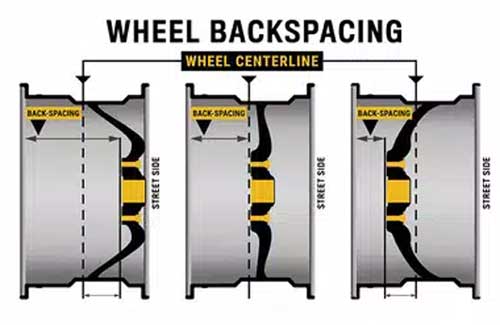 Dashed lines show the difference in size. At the top, you can see a visual representation of the old tire (original size), and at the bottom, a visualization of the new tire. Just as you noticed, the tire can be seen in lateral and frontal projection. You can copy the URL of the page and show it to other people and they will see the same comparison as you see.
Dashed lines show the difference in size. At the top, you can see a visual representation of the old tire (original size), and at the bottom, a visualization of the new tire. Just as you noticed, the tire can be seen in lateral and frontal projection. You can copy the URL of the page and show it to other people and they will see the same comparison as you see.
But how to understand all these values and the difference in %? To do this, we created a tire calculator, it will help you understand the change in all the necessary characteristics and show the difference in% between the old and new tires, and even visually display how the wheel of the old and new sizes will look like. You just need to enter the tire width, profile and wheel radius. Usually they are displayed in this form - 19565 R15
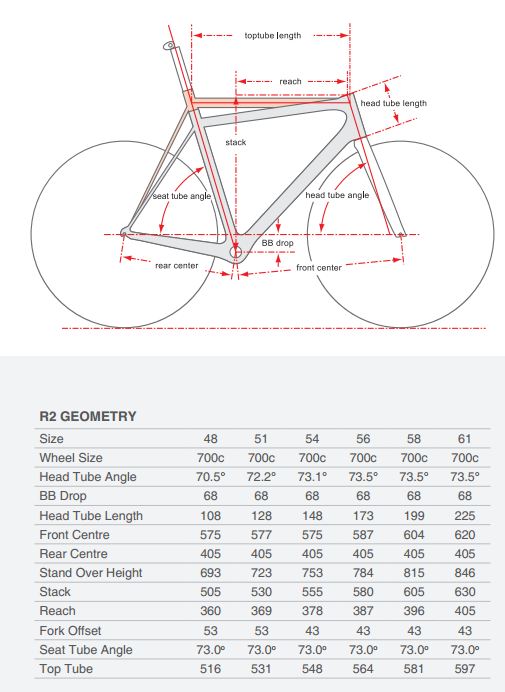
The narrower the tyre, the less fuel loss it ultimately has to bear. On the site, using the online tire calculator with fuel consumption, you can accurately calculate how tire size affects fuel consumption.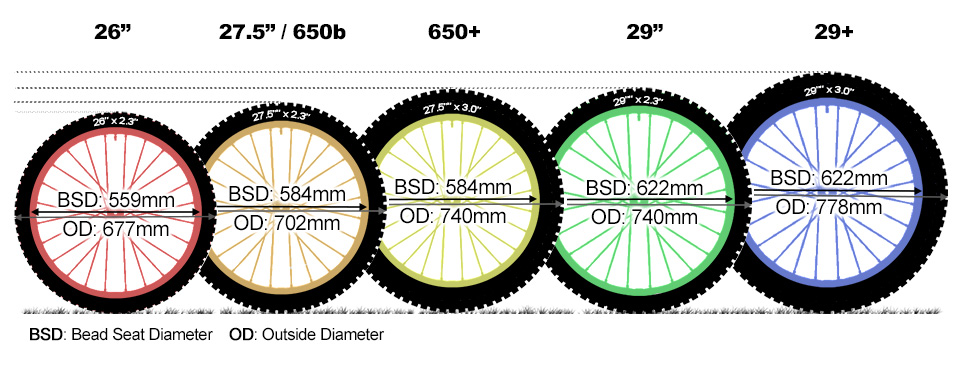 The tire calculator with fuel consumption allows you to calculate the real fuel costs and it may differ from the on-board computer. The reason is that the car computer does not understand that we have set a different wheel size and continues to calculate the consumption in the old car rubber profile. You can find out your profile on the tire label.
The tire calculator with fuel consumption allows you to calculate the real fuel costs and it may differ from the on-board computer. The reason is that the car computer does not understand that we have set a different wheel size and continues to calculate the consumption in the old car rubber profile. You can find out your profile on the tire label.
First of all, it is worth noting that the tread width is the distance between the outer sides of the sidewall. Measurements are taken when the tire is inflated.
Protrusions on the surface of the sidewall are not taken into account.
The metric system is the most commonly used. In this case, the tread width is indicated in millimeters. The parameter is quite convenient to handle, it is not indicated as a percentage, there is no need to perform calculations. If necessary, a quick conversion to the inch system is possible, for this you need to remember that one inch is equal to 2. 54 centimeters. Manufacturers from the USA usually use the inch system. Manufacturers of American cars often give recommendations on the use of tires in such a system.
54 centimeters. Manufacturers from the USA usually use the inch system. Manufacturers of American cars often give recommendations on the use of tires in such a system.
Indicates the width of the profile on the tire sidewall. The first digit in the marking, for example, in a 235/45 R17 tire, will be 235 millimeters wide.
The inch system is a little more difficult. The width of the profile is indicated by the second digit. For example, 31 × 10 R17, the parameter we need is 10 inches, when counting, we get our 254 mm.
[spoiler title="Sources"]
